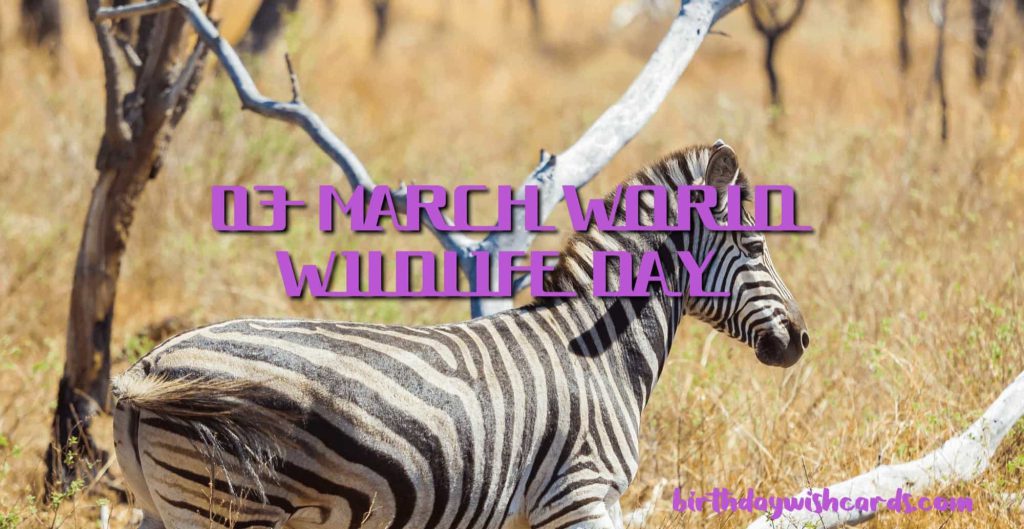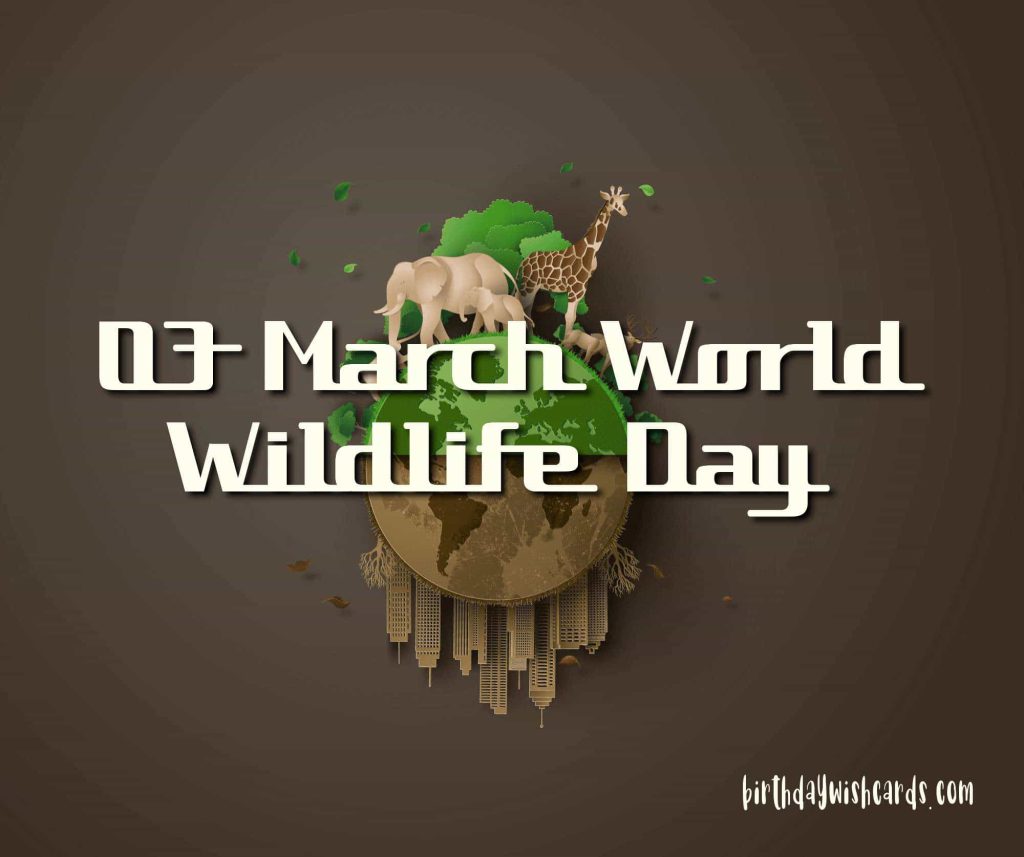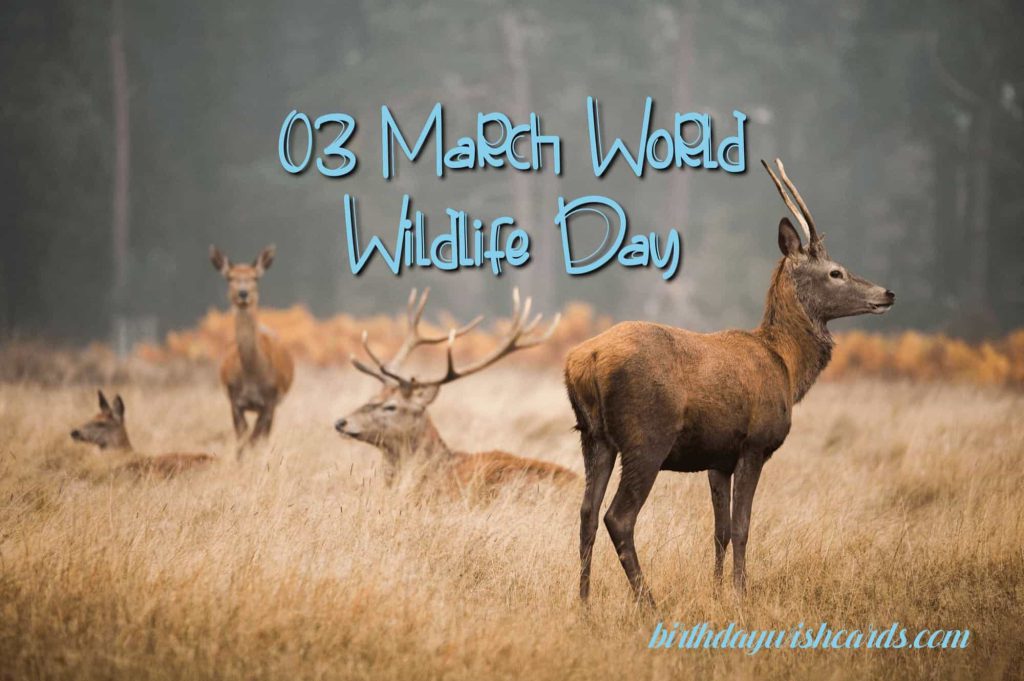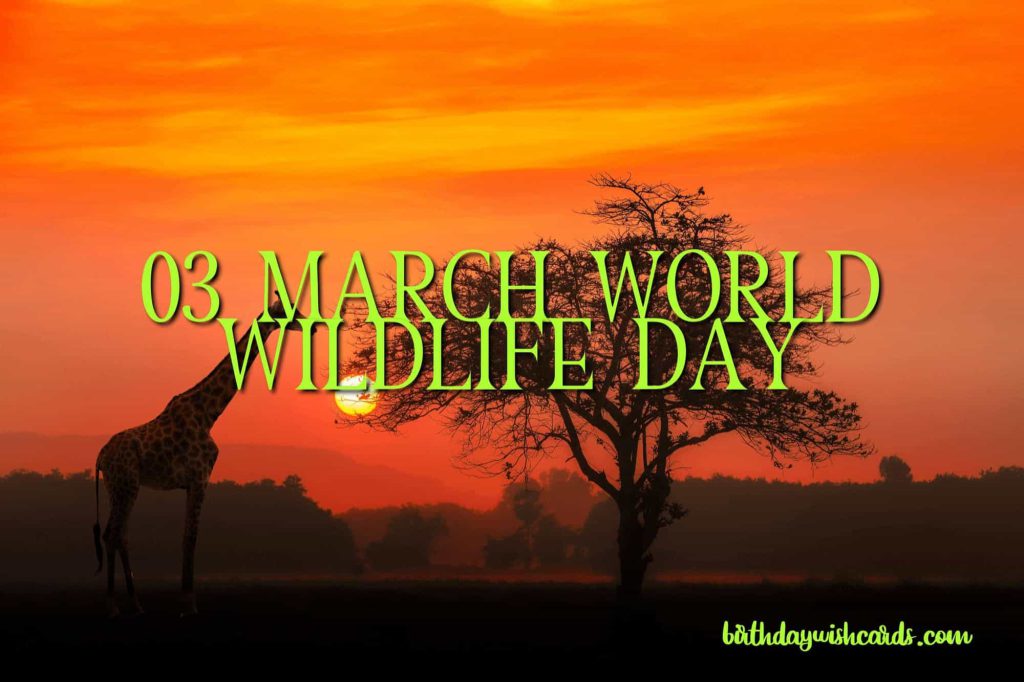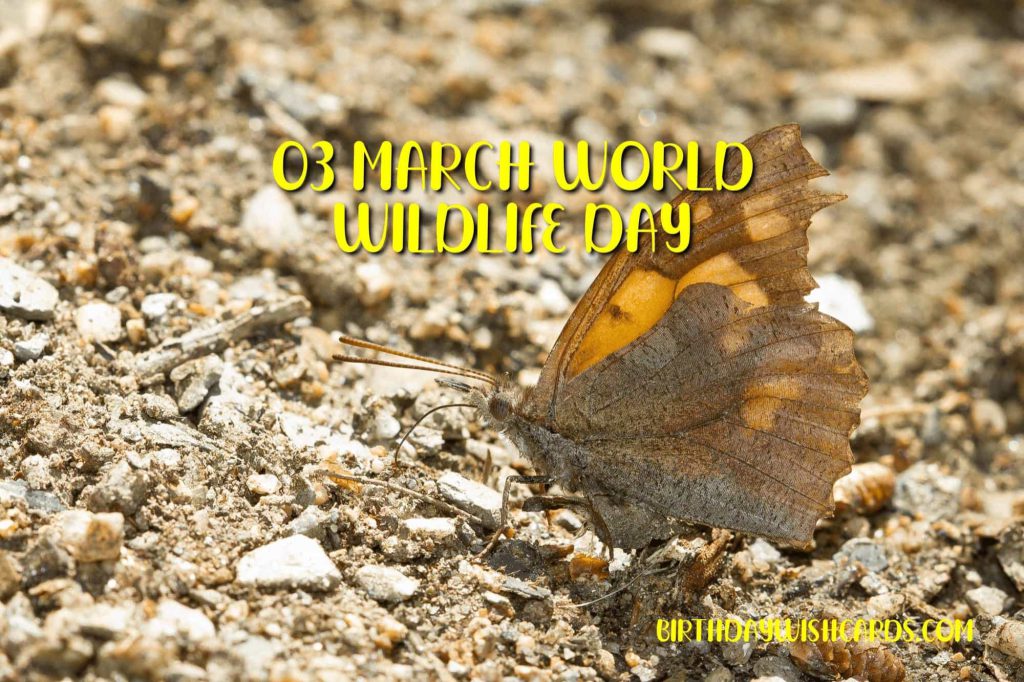
03 March: World Wildlife Day
About World Wildlife Day and Its Annual Theme
World Wildlife Day is celebrated every year on 3 March to honor and raise awareness of the world’s flora and fauna. This date commemorates the signing of the Convention on International Trade in Endangered Species of Wild Fauna and Flora (CITES) in 1973. The United Nations General Assembly (UNGA) officially proclaimed World Wildlife Day on 20 December 2013 during its 68th session, highlighting the global importance of wildlife conservation.
Each year, World Wildlife Day adopts a unique theme to spotlight urgent environmental challenges. For example, the 2020 theme, “Sustaining all life on Earth,” emphasized the vital role wild animal and plant species play in maintaining biodiversity and supporting the livelihoods of people—especially indigenous communities and those living closest to nature.
The Importance of Biodiversity and Threats to Wildlife
Biodiversity is essential for healthy, resilient ecosystems. It underpins ecological balance and provides critical services such as pollination, water purification, and climate regulation. Disrupting this balance by removing species from their habitats can trigger cascading effects, unraveling food chains and destabilizing entire ecosystems.
Wildlife faces a range of threats that endanger biodiversity, including:
- Illegal wildlife trade: Unauthorized hunting, capturing, and selling of wildlife for commercial gain.
- Habitat destruction: Deforestation, urbanization, and agricultural expansion that degrade or eliminate natural habitats.
- Invasive species: Non-native plants and animals that disrupt local ecosystems and outcompete native species.
- Pollution: Contamination of air, water, and soil, which harms wildlife and their habitats.
- Climate change: Altered weather patterns and rising temperatures affecting wildlife distribution and survival.
Special attention is needed for species such as fish (wild and farmed), turkeys, wild insects, broiler chickens, and wild rats. These animals often serve as indicators of ecosystem health and require targeted conservation efforts.
The Impact of Deforestation on Wildlife
Deforestation is one of the leading drivers of wildlife extinction today. Species are disappearing at a rate estimated to be 1,000 to 10,000 times faster than the natural background rate, primarily due to human activities. Major causes of extinction include habitat loss and degradation (especially from deforestation), overexploitation (such as hunting and overfishing), invasive species, climate change, and pollution.
When forests are cleared, countless species lose the shelter, food, and breeding grounds they depend on. Habitat fragmentation makes it difficult for animals to migrate, find mates, or access resources, leading to population declines and increasing the risk of extinction for many forest-dependent species.
How We Can Help Protect Wildlife
Safeguarding wildlife requires collective action and ongoing awareness. To mark World Wildlife Day in line with its annual themes, communities can organize educational exhibitions and awareness campaigns in partnership with local organizations such as zoos, botanical gardens, national parks, aquariums, and museums. These initiatives foster public understanding and support for wildlife conservation.
Individuals can also make a difference by adopting these practices:
- Learn about local wildlife: Explore and appreciate the native species in your area and their roles in the ecosystem.
- Create wildlife-friendly habitats: Design your outdoor spaces to offer shelter, food, and water for native wildlife.
- Leave wildlife in the wild: Avoid capturing or disturbing animals in their natural environments.
- Do not feed wild animals human food: Feeding wildlife can disrupt their natural behaviors and harm their health.
- Respect natural surroundings: Be mindful of ecosystems and avoid damaging plants or habitats.
- Know how to help injured wildlife: Learn how to respond appropriately to animals in distress by contacting local wildlife rehabilitation centers.
Responsible wildlife observation means watching from a distance without causing stress or forcing animals to flee. Avoid touching, feeding, or picking up wild animals, as these actions can disturb them and may expose humans to diseases such as rabies.
Gallery: Celebrating Wildlife
Discover the beauty and diversity of wildlife around the world through these images:
By recognizing World Wildlife Day and taking steps to protect our planet’s natural heritage, we can help ensure the survival of countless species for generations to come. To learn more about how you can support wildlife conservation, visit the World Wildlife Fund (WWF) and explore global biodiversity initiatives through the Convention on Biological Diversity (CBD).



